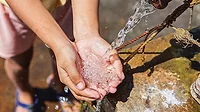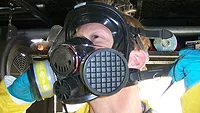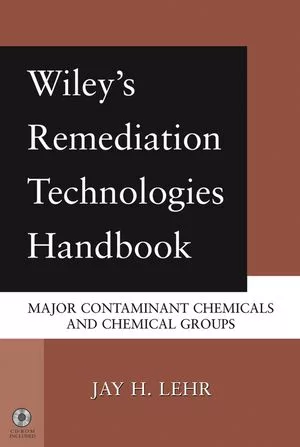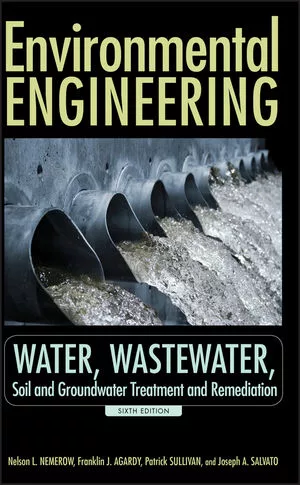Water fleas key to managing chemical pollution
All animals share genes that influence their responses to pollution exposure.
.webp?t=1665763809)
Rivers and lakes have potential "canaries in the coal mine" with water fleas, or Daphnia, researchers say. In addition, where prevention to pollute has failed, Daphnia could work as a bioremediation agent to help reduce hazards.
Researchers, led by the University of Birmingham, have devised a new framework using high throughput 'omics' technologies to detect the effects of ambient chemical mixtures -- of the type and concentration typically found in the environment -- on the biology of living organisms. The approach uses Daphnia to understand what chemicals can be toxic to other species and how. This is possible because all animals, including humans, share genes that underpin their responses to environmental changes including exposure to pollution.
The results, published in Environmental Science and Technology, offer a much-needed advance in the way existing and new risks from chemical pollution are assessed and mitigated. The work could provide significant improvement in the way chemicals are regulated.
Many modern illnesses such as cancer and autoimmune diseases can be linked to chemical pollution, yet the safety of chemicals is currently assessed using outdated methods, testing one chemical at a time and focusing separately on the hazards to humans and to the environment. A novel approach is urgently needed because there are at least 235,000 individual chemicals and 125,000 unregulated chemical mixtures in the environment.
While Daphnia have long been recognized as a 'sentinel species', used to identify and set exposure limits on toxic chemicals by regulation, the newly published framework significantly expands and refines their role. It enables Daphnia to detect bioactive components within ambient chemical mixtures and predict what chemicals are likely to be harmful.
Using the knowledge that all animals evolve from a common ancestor, the team quantifies toxicity in Daphnia and predicts its impact in other species. In this framework, Daphnia works as a canary in a coal mine, providing an early warning system of toxicity.
At the same time, the team also shows that Daphnia strains that are naturally adapted to chemical pollution can be used as 'removal agents' to remove chemicals from water via bioaccumulation, thus improving environmental health protection in a sustainable way.
The work is important because chemicals produced in domestic and industrial processes, as well as in agriculture, are not eliminated by wastewater treatment and end up in our waterways. From there, they accumulate through the food chain, eventually finding their way onto our tables as food and drinking water.
The new framework involved the University of Birmingham, working in partnership with colleagues at Friends of the Muskoka Watershed, in Canada, China Jiliang University and the Alan Turing Institute.
Professor Luisa Orsini, senior-author on the paper, said: "We need better diagnosis of the impact of chemicals on wildlife and humans but also, when chemicals have entered the environment we need a sustainable remediation of their impact. Daphnia is a tiny crustacean the size of a grain of rice and are often-overlooked. Yet they are super abundant and can revolutionize the way we assess and mitigate chemical pollution sustainably. This will have positive effects on human health, helping to prevent illnesses associated with chemical pollution."
Dr Li, corresponding author on the paper, said: "The case study that we report in the paper shows how using machine learning we can identify bioactive pollutants within ambient chemical mixtures found in river waters, identifying targets for regulators."
The team anticipate that the approach they have developed could offer a step change in chemical regulation where, typically, chemicals are assessed in isolation and usually at high concentrations, ignoring the cumulative effects of lower doses and of chemical mixtures.
A further important advantage of the new approach is that it offers an opportunity to reduce chemical testing in animals. The framework also shows that nature-based solutions are a promising alternative to current chemical/mechanical processes, to enable water reuse. The University of Birmingham is leading an international partnership to improve chemical safety assessment by using non-traditional, more ethical model species and computational approaches.
The research was funded by the European Union's Horizon 2020 program Precision Toxicology; the Alan Turing Institute, the Royal Society International Collaboration Award and the Petroleum Technology Development Fund in Nigeria.





